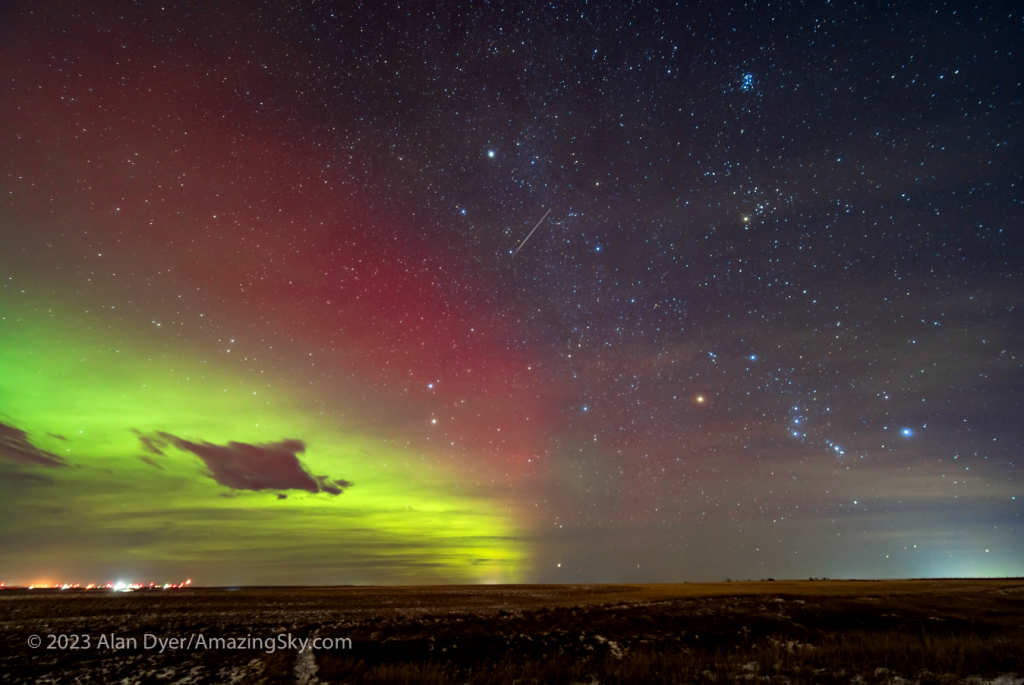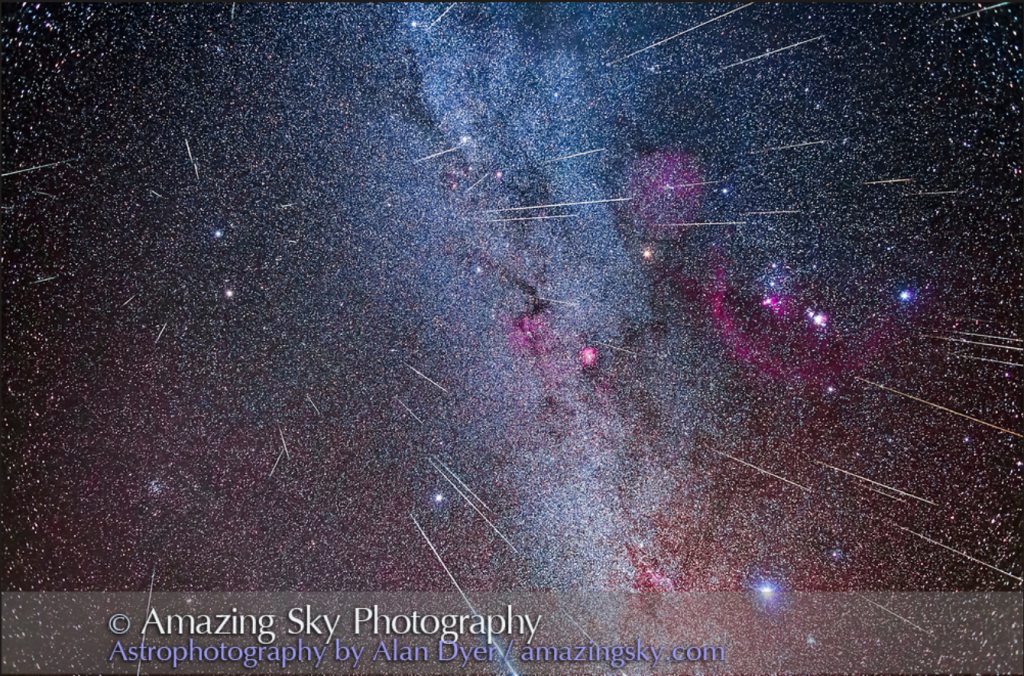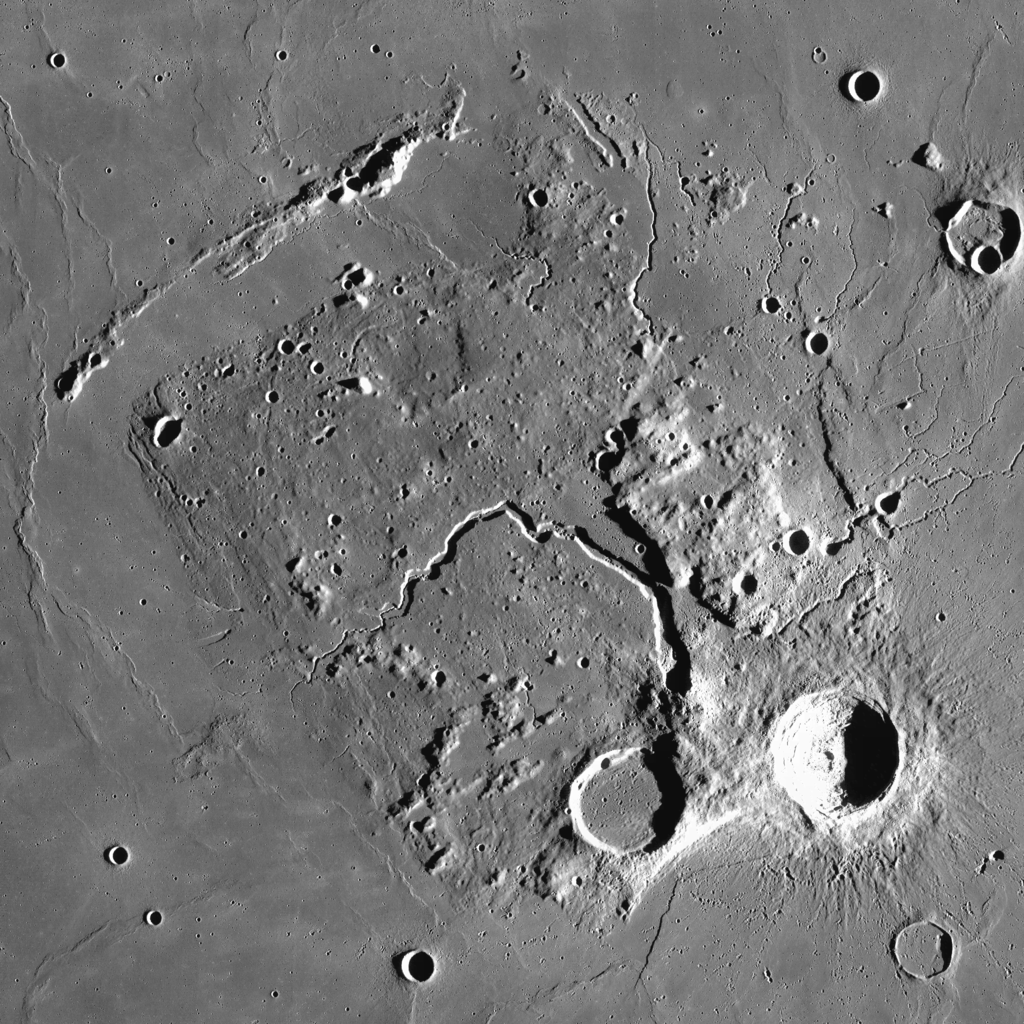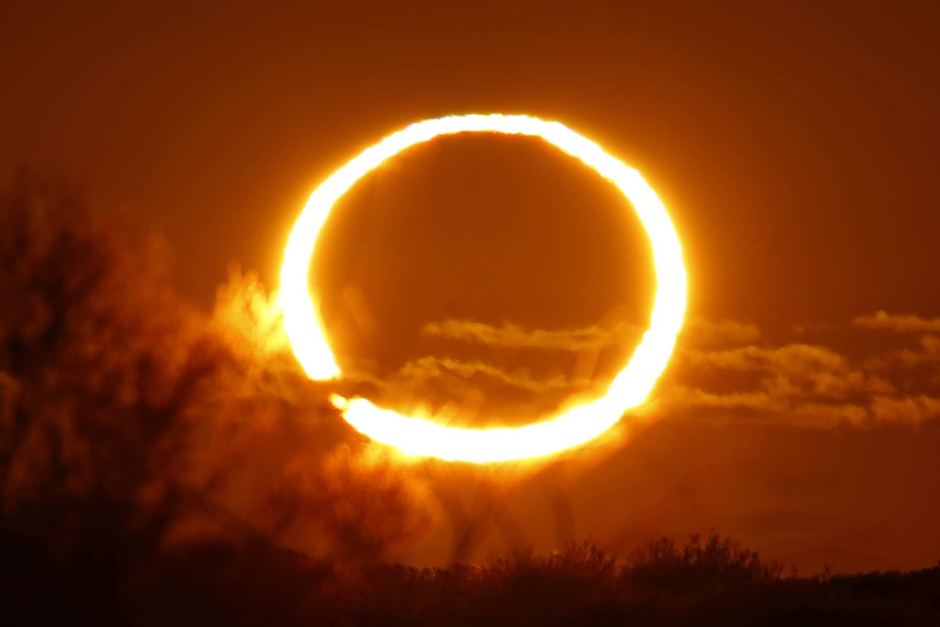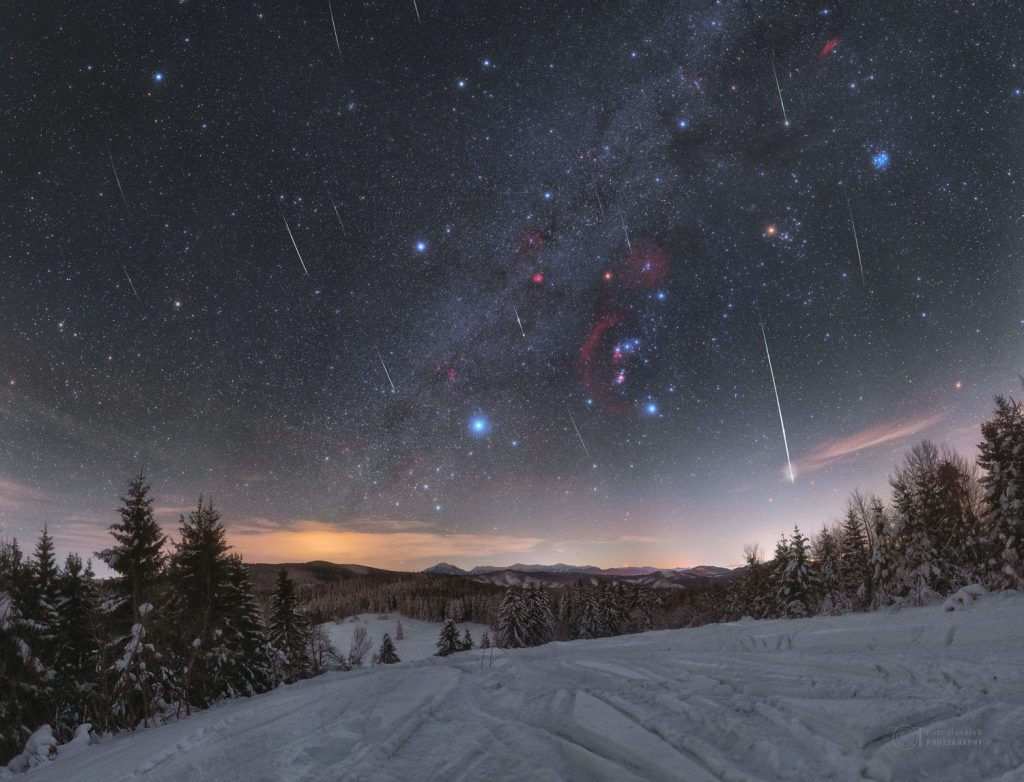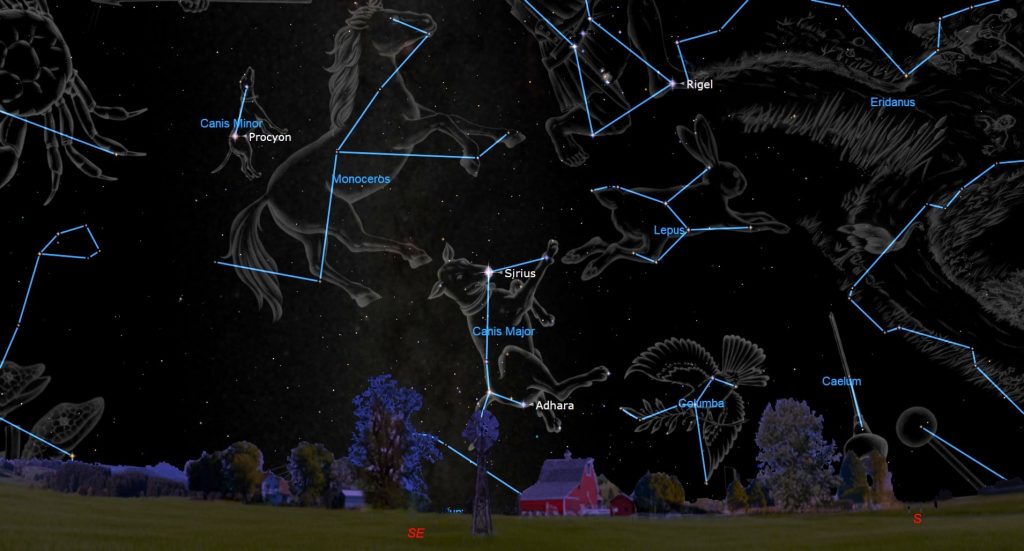Northern Winter Nigh, Minimal Meteors, the Evening Moon Waxes to Yule, and Christmas Lights!
My friend Alan Dyer of Alberta captured this spectacular image of a lone Geminids meteor streaking across an aurorae-filled sky on December 13, 2023. From Collingwood, Ontario I saw two terrific Geminids in one hour on December 14. Follow Alan’s @amazingskyguy account on X.com and visit his ww.amazingsky.com page for more. Hello, Start-of-Winter Stargazers! Here…
Read more
